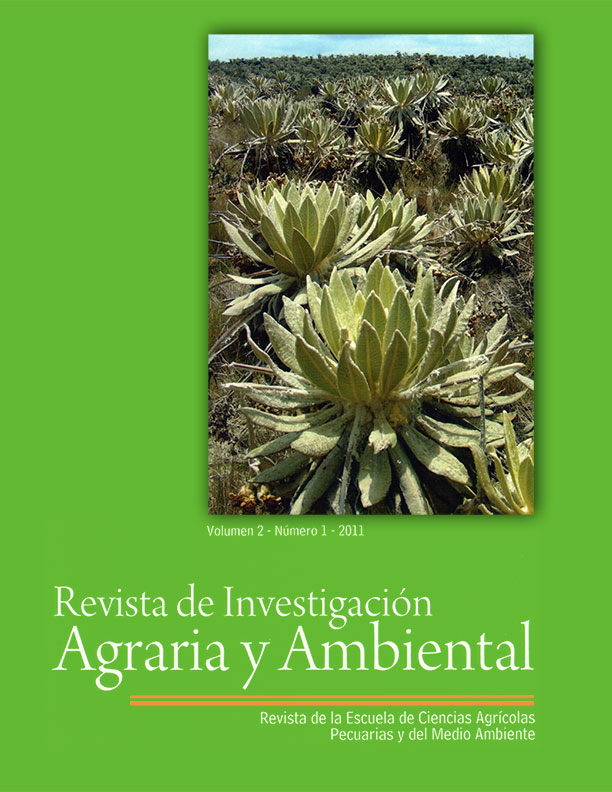When RIAA receives the postulation of an original by its author, either through email or post mail, considers that it can be published in physical and/or electronic format and facilitates its inclusion in databases, newspaper archives and other systems and indexing process. RIAA authorizes the reproduction and citation of the Journal’s material, provided that explicitly indicates journal name, the authors, the article title, volume, number and pages. The ideas and concepts expressed in the articles are responsibility of the authors and in no case reflect the institutional policies of the UNAD.
Current knowledge of Weinmannia tomentosa L.f. (encenillo) and some study proposals for its regeneration
Reforestation of native species is a priority of our ecosystems intervened or severely affected. W. tomentosa is a dominant plant in the regional climax and very common in the mountainous forests of the northern Andes. In Colombia it is mainly found in the eastern cordillera. It is considered one of the main pre-climaxed slopes and hence its pioneering behavior as a competitor, that’s why ecological studies are needed, to know their propagation, physiology, among others. the establishment of W. tomentosa is conducive to the development of other species of moorland and hillside locations.
When RIAA receives the postulation of an original by its author, either through email or post mail, considers that it can be published in physical and/or electronic format and facilitates its inclusion in databases, newspaper archives and other systems and indexing process. RIAA authorizes the reproduction and citation of the Journal’s material, provided that explicitly indicates journal name, the authors, the article title, volume, number and pages. The ideas and concepts expressed in the articles are responsibility of the authors and in no case reflect the institutional policies of the UNAD.




